When my sister asked me for Christmas present suggestions, I just said “film”, and not HP5 or FP4 because I shoot those pretty often. I was very excited to unwrap a roll of Kodak TRI-X. It’s one of the classic emulsions and I had never shot! Come boxing day, that TRI-X was in my trusty Canon A-1. I bought the A-1 for the 50mm f/1.4 lens on the front but ended up keeping it. It’s super reliable, it has full-auto, aperture and shutter priority modes – and the meter hasn’t let me down yet. If I could pick one little nit, it’s that, if you take the lens out of automatic, the aperture doesn’t show in the viewfinder, making full manual less convenient.
First, the good. What a versatile film! I started off with pictures of the misty forest, followed it up with my in-laws’ dog (side note, he’s such a great dog I worry that any dog I get might be a disappointment) and finished the roll on the workshop in which my fiancée and I made our wedding rings. Tri-x can do it all!
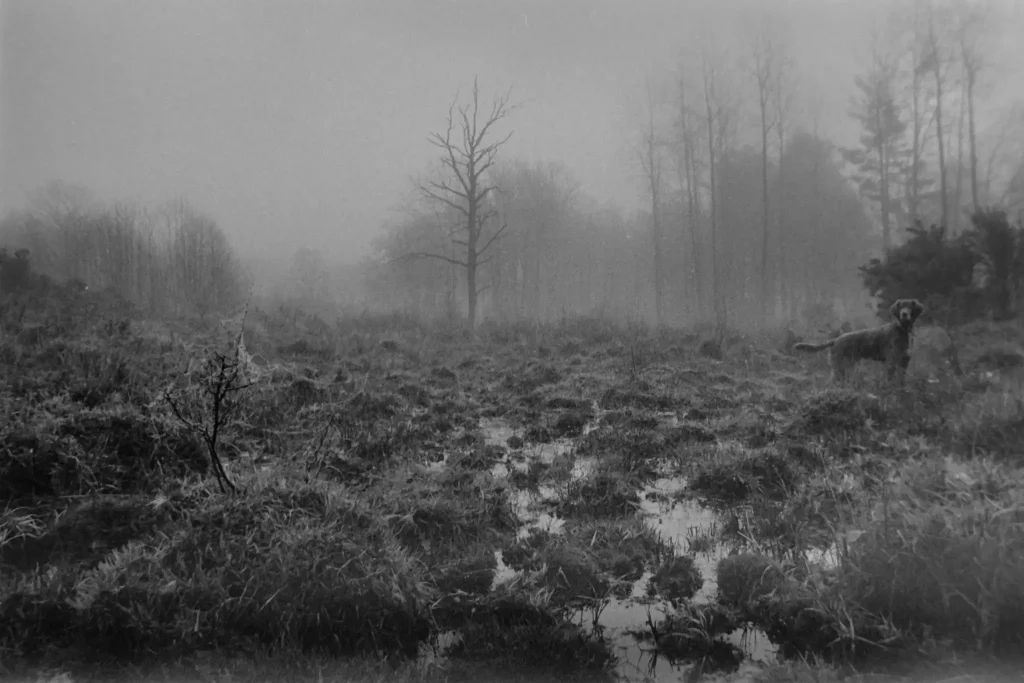

Buuuut remember my “trusty” Canon A-1? It turns out the light seals are gone and I’ve ended up with a lot of leaks on a roll I am otherwise pretty pleased with. The real bother here is that I was planning on taking pictures of the preparations for our wedding with it!
My other film cameras are either a bit broken (a Zeiss Contessa which is beautiful but has an out of alignment rangefinder), a bit basic (the Agfa Silette I have written about before) or unreliable (would you trust a Kiev 4 with anything you love?). I have a couple of modern, plastic SLRs and may be able to borrow something better than the kit lenses on them, but I haven’t got time to sort out the seals on the A-1…
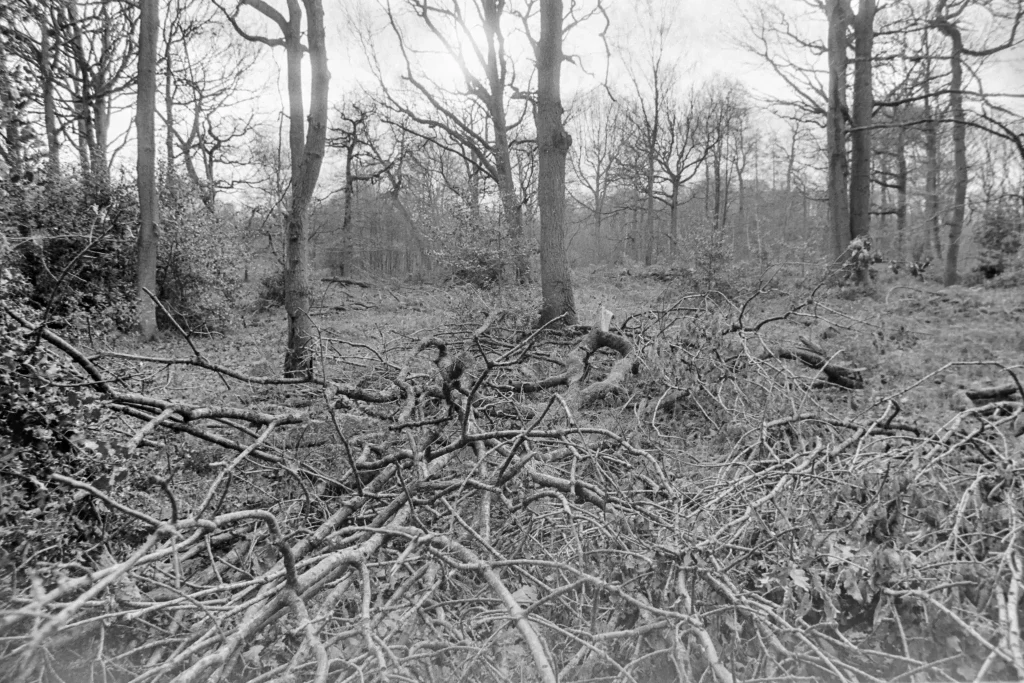
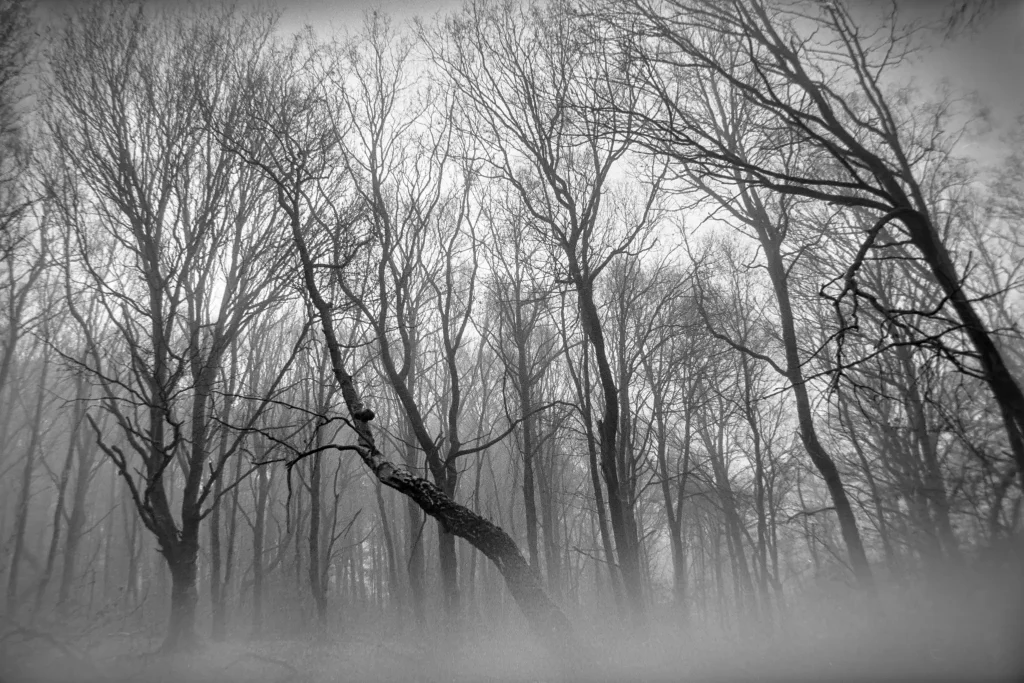
Looks like I’ve got a roll of T-max and a hard choice to make…
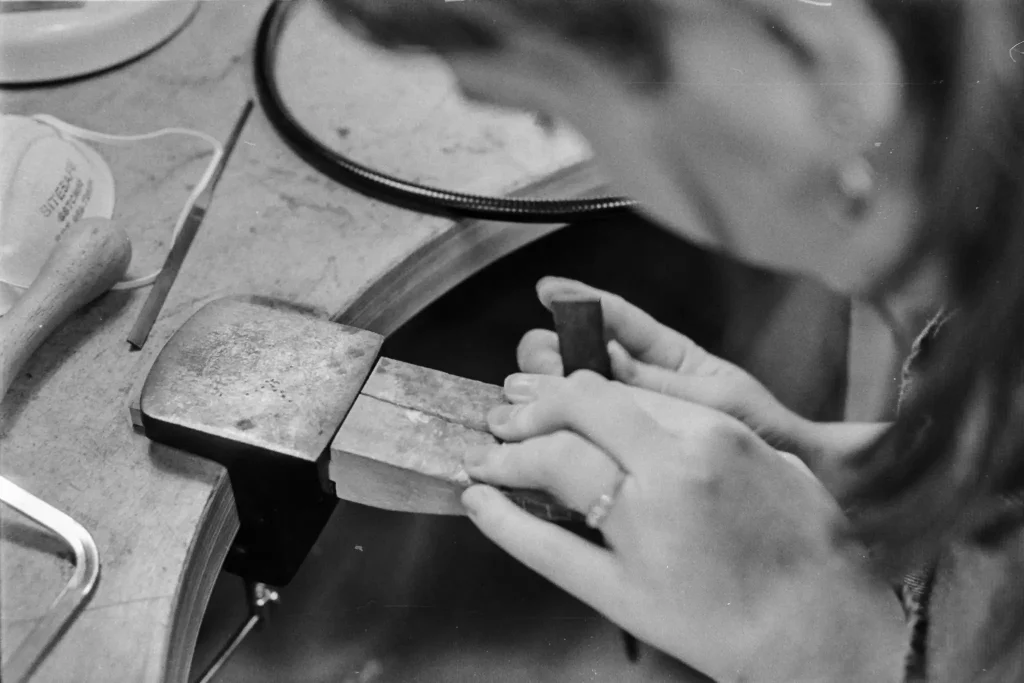
If you like, you can see more of my stuff on instagram
Share this post:
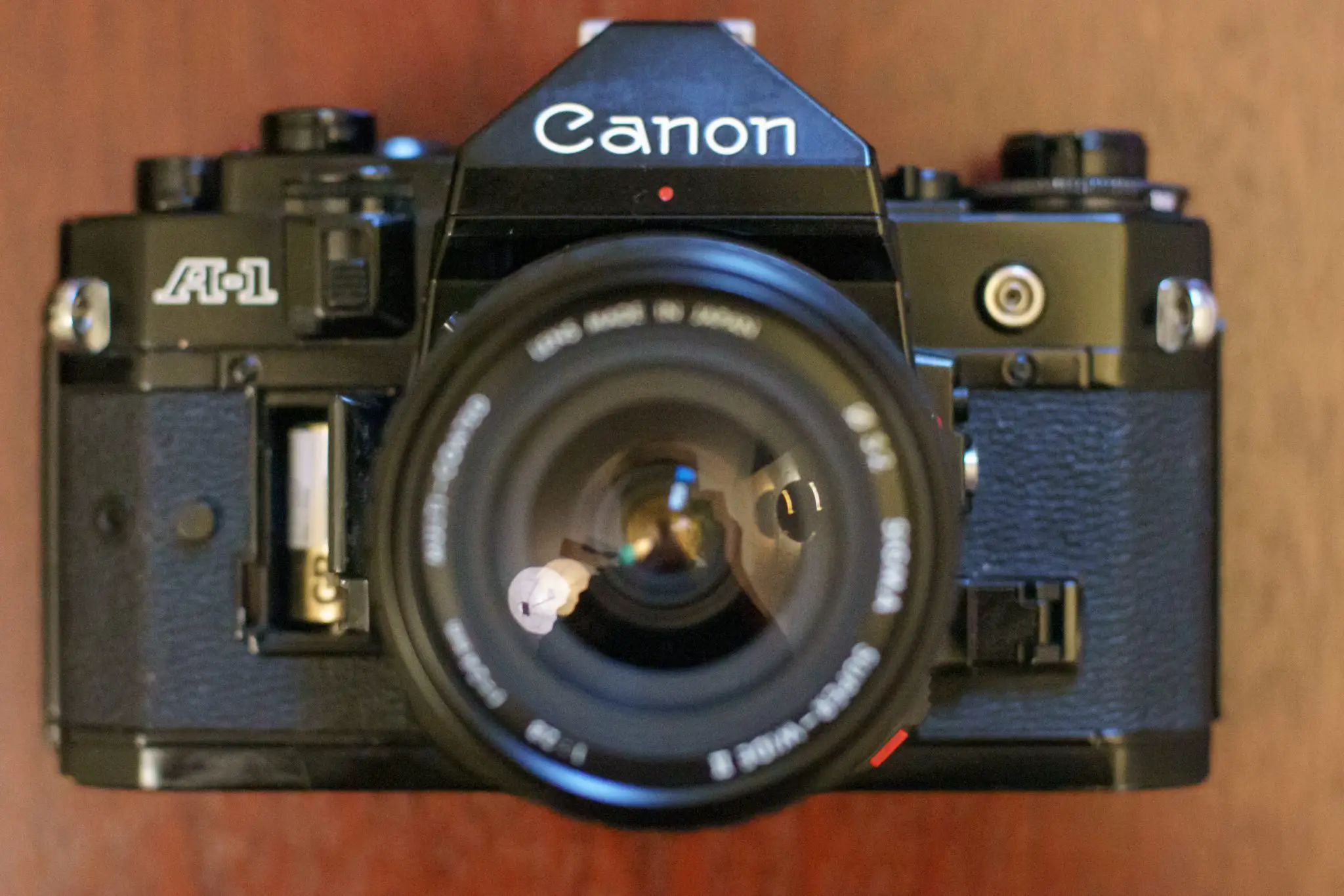
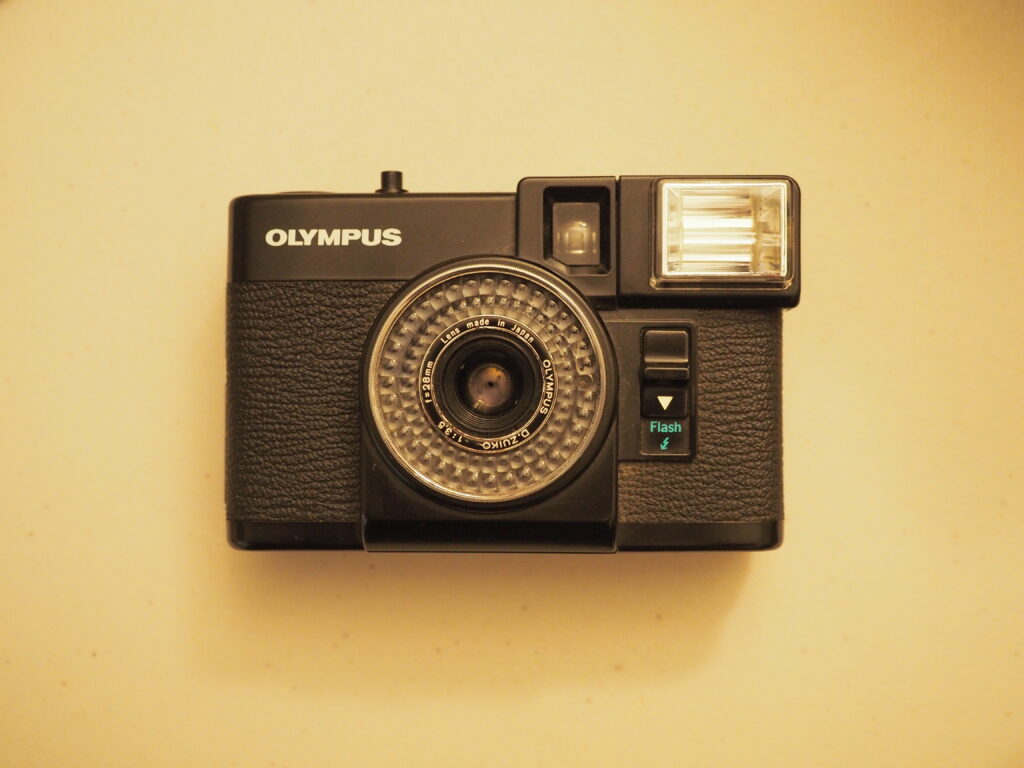

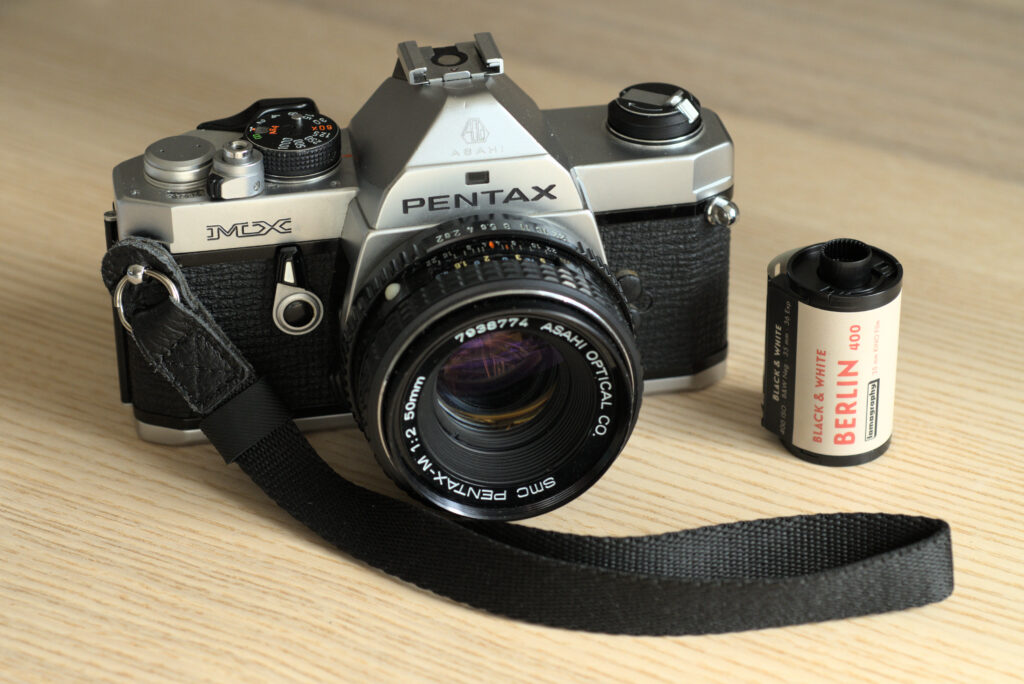
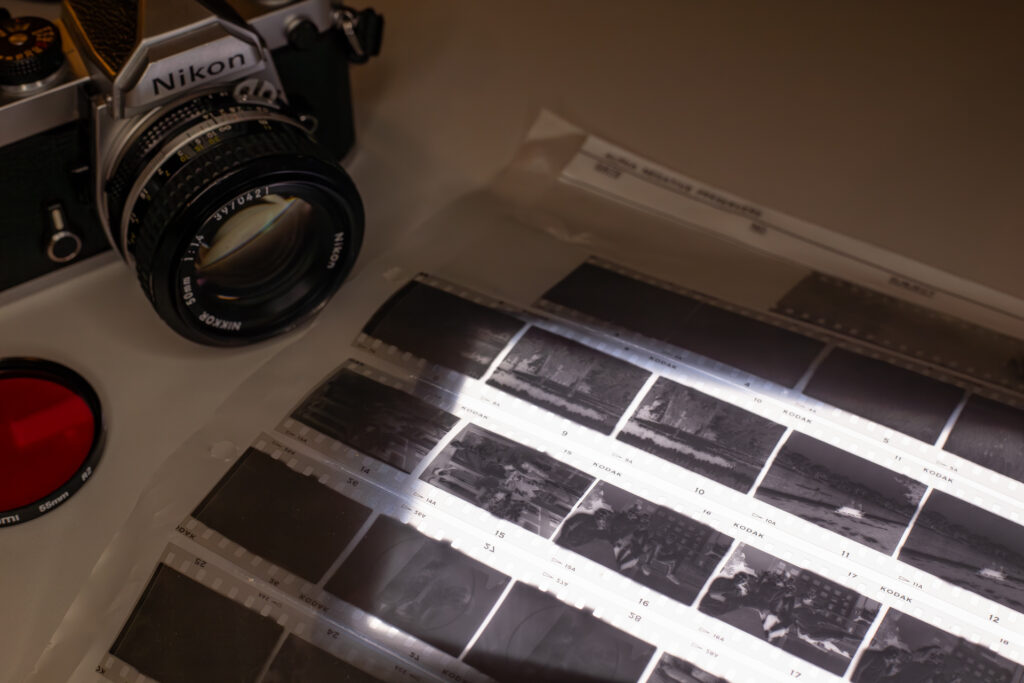




Comments
Gandhi Cabanas on 5 frames with a Canon A-1 and TRI-X – By James Mitchell
Comment posted: 12/06/2019
Nigel Cliff on 5 frames with a Canon A-1 and TRI-X – By James Mitchell
Comment posted: 12/06/2019
Comment posted: 12/06/2019
Shaun Hall on 5 frames with a Canon A-1 and TRI-X – By James Mitchell
Comment posted: 12/06/2019
Comment posted: 12/06/2019
Comment posted: 12/06/2019
Comment posted: 12/06/2019
Terry B on 5 frames with a Canon A-1 and TRI-X – By James Mitchell
Comment posted: 12/06/2019
Persevere with Tri-X, it is a wonderful all-rounder. Do you develop it yourself, or have it lab processed? My only reservation with lab processing is you are at the mercy of whatever "brew" they use, and they will give it a standard developing time. Tri-X, I found, works very well with Kodak's D76 or Ilfod's ID11, where the film's characteristics can be changed to suit; Tri-X is very amenable to be "abused".
Comment posted: 12/06/2019
Jem on 5 frames with a Canon A-1 and TRI-X – By James Mitchell
Comment posted: 12/06/2019
Comment posted: 12/06/2019
Roger B. on 5 frames with a Canon A-1 and TRI-X – By James Mitchell
Comment posted: 12/06/2019
Roger B. on 5 frames with a Canon A-1 and TRI-X – By James Mitchell
Comment posted: 12/06/2019
Comment posted: 12/06/2019
Glen Jolley on 5 frames with a Canon A-1 and TRI-X – By James Mitchell
Comment posted: 12/06/2019
I didn't find the light seals on my A-1 particularly troubling to replace when I did mine - hardest part is always getting the old surfaces clean!
Here's hoping you get them sorted before the big day!
Comment posted: 12/06/2019
Jake on 5 frames with a Canon A-1 and TRI-X – By James Mitchell
Comment posted: 12/06/2019
Comment posted: 12/06/2019
eric on 5 frames with a Canon A-1 and TRI-X – By James Mitchell
Comment posted: 12/06/2019
Thanks for sharing so nice pictures
Comment posted: 12/06/2019
Roger B. on 5 frames with a Canon A-1 and TRI-X – By James Mitchell
Comment posted: 12/06/2019
Comment posted: 12/06/2019
Patrick Amory on 5 frames with a Canon A-1 and TRI-X – By James Mitchell
Comment posted: 13/06/2019
Comment posted: 13/06/2019
jamesnorthcote on 5 frames with a Canon A-1 and TRI-X – By James Mitchell
Comment posted: 13/06/2019